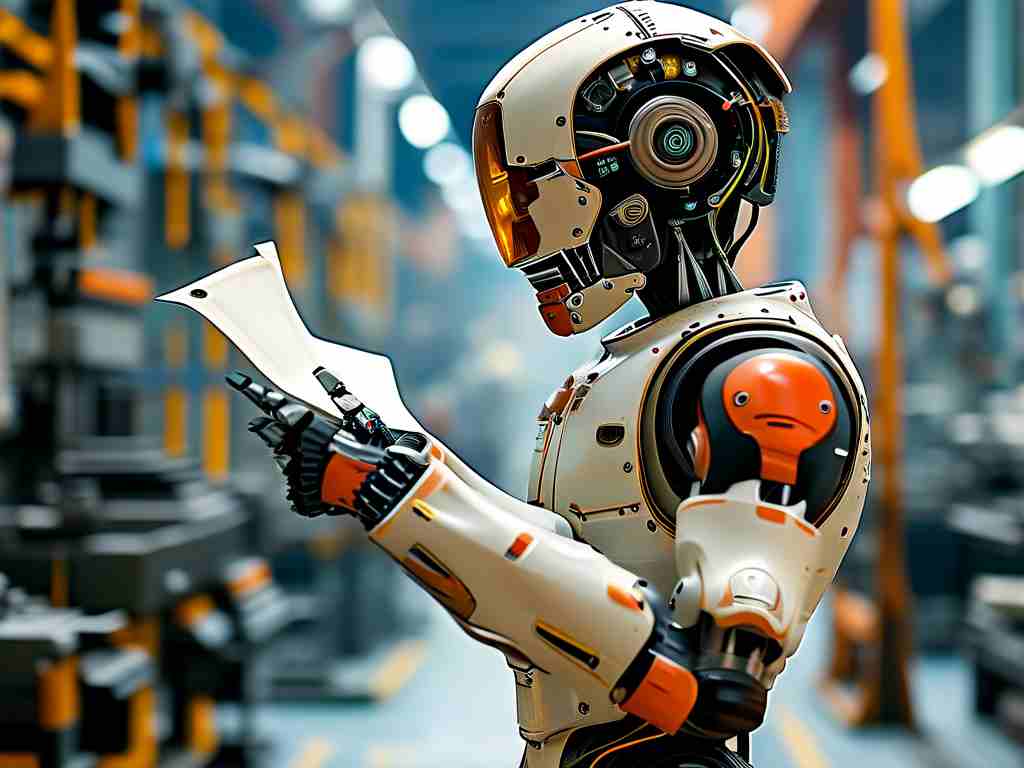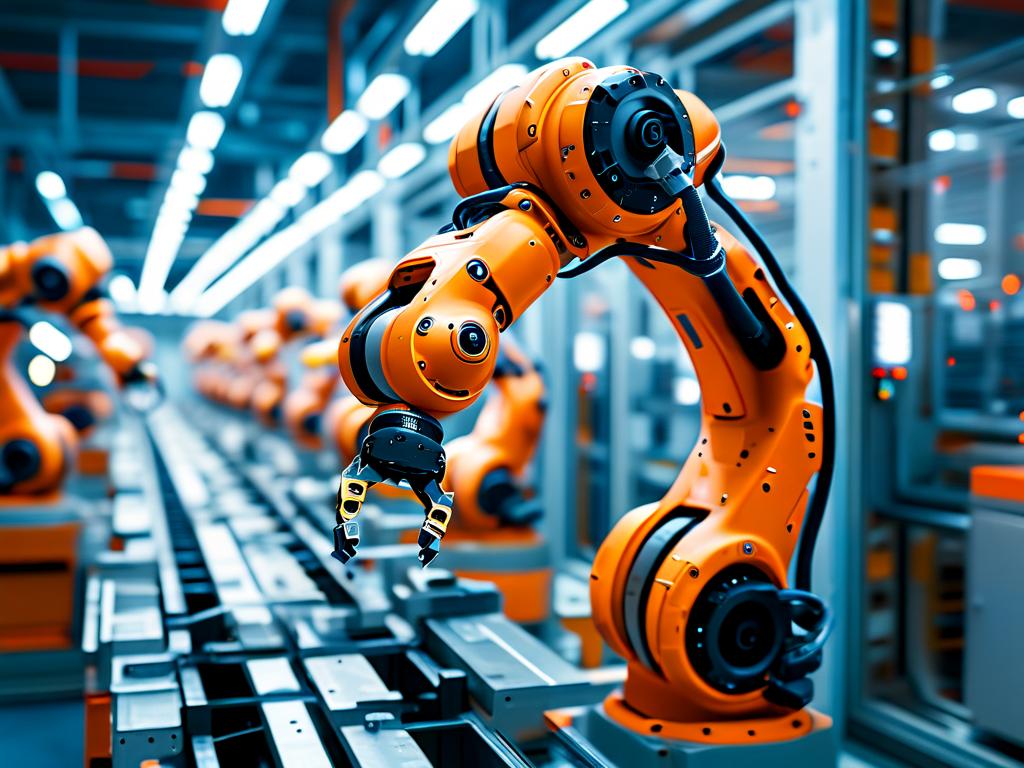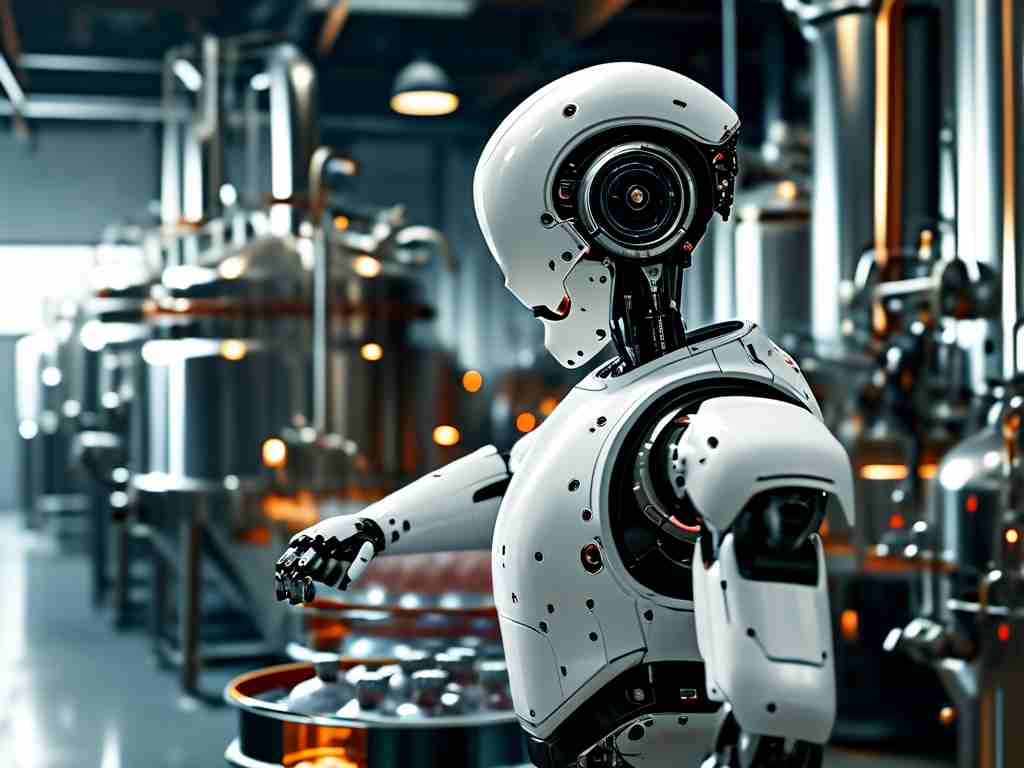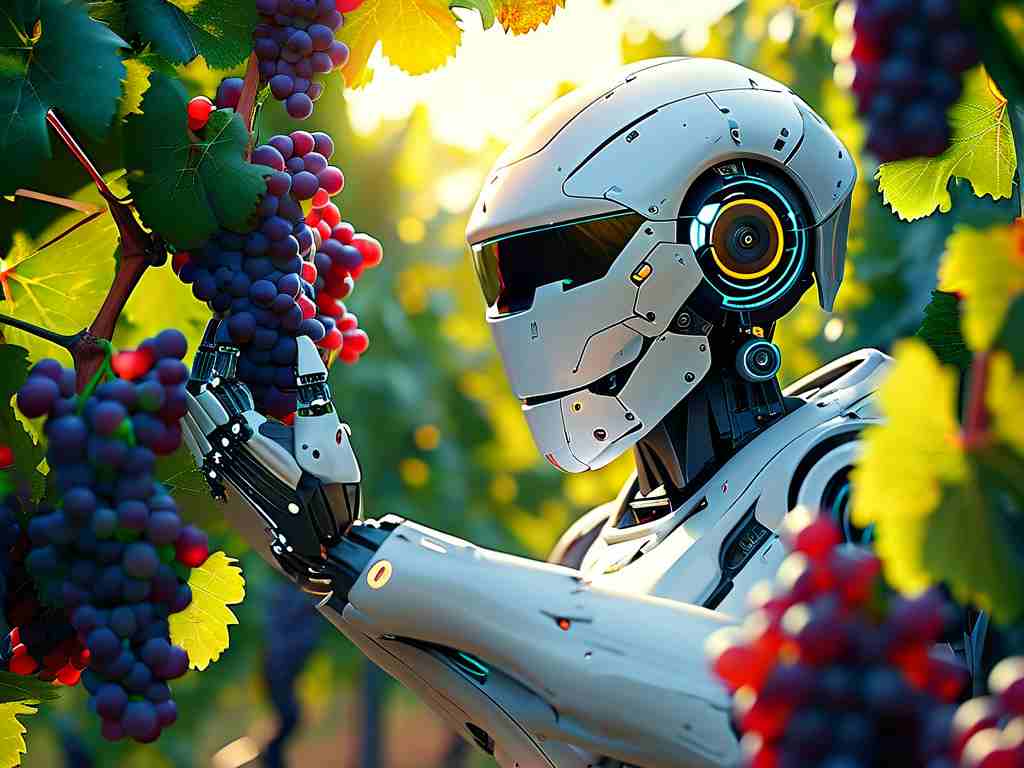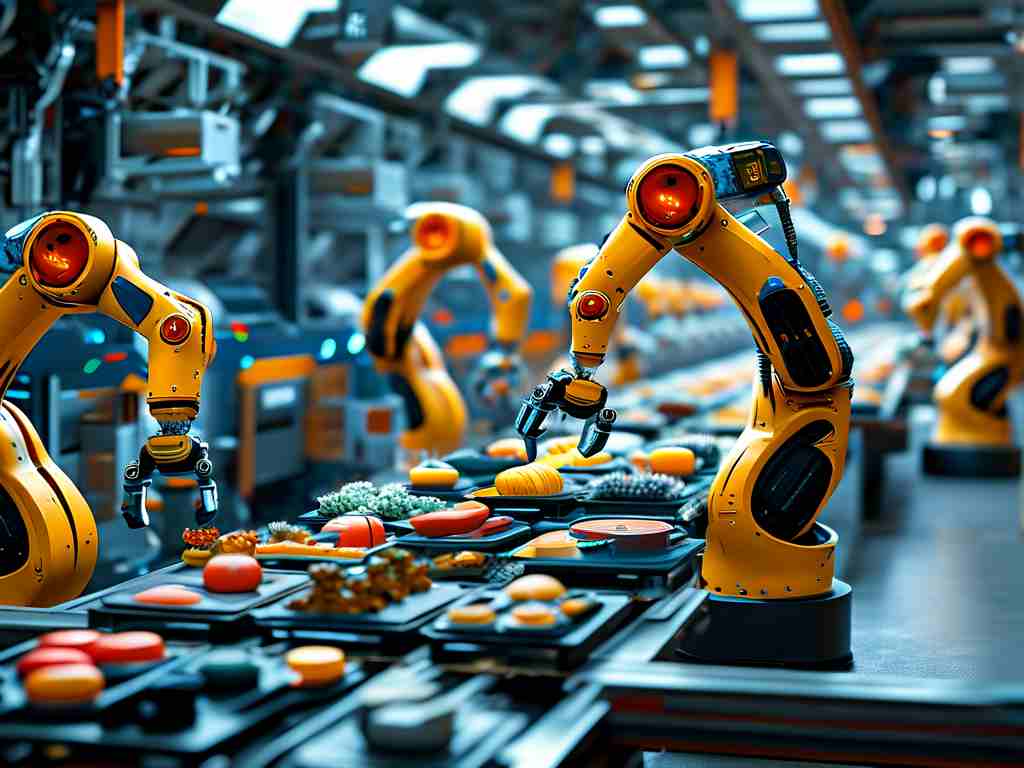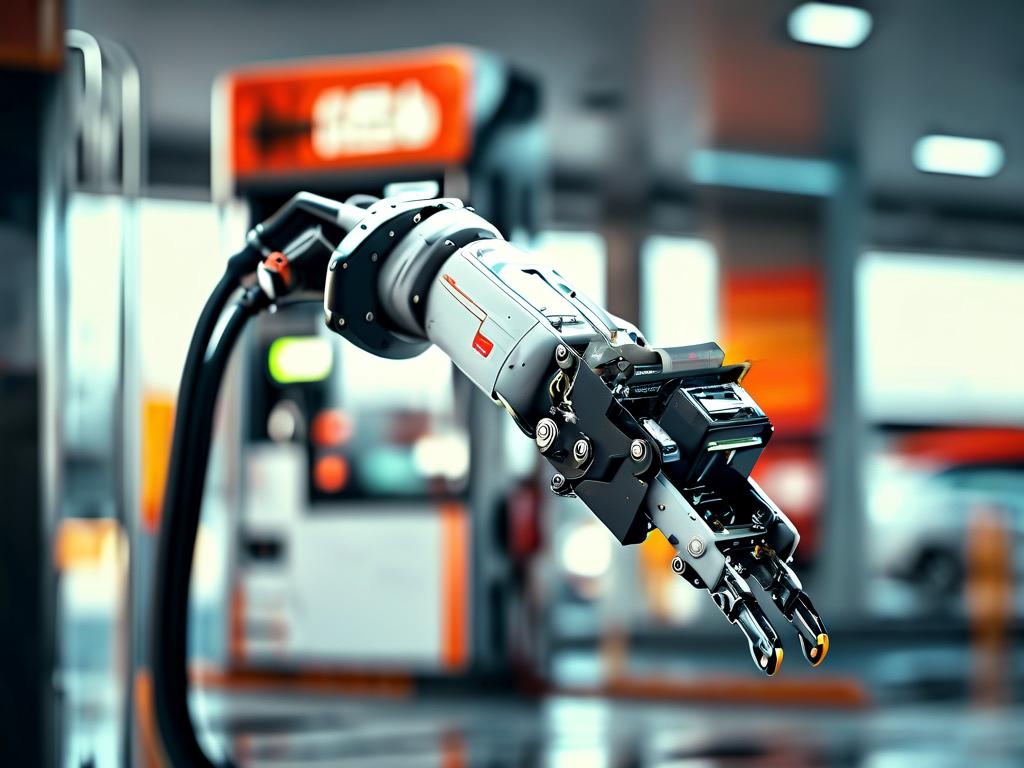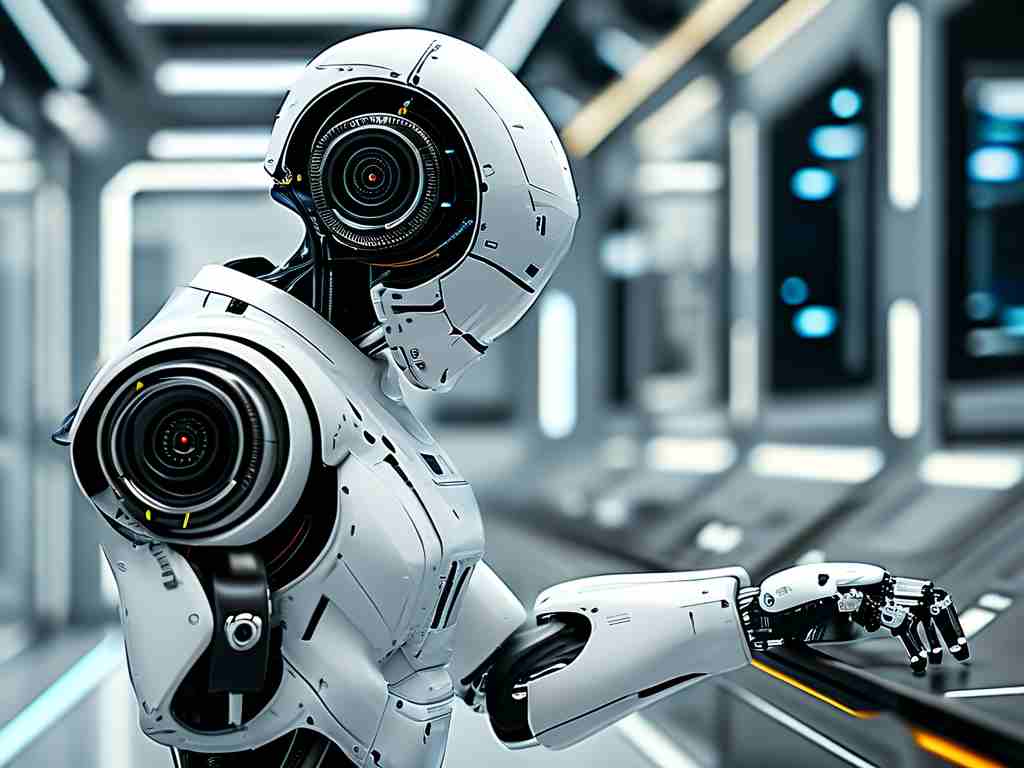The development of crawling robot manufacturing technologies represents a groundbreaking convergence of biomechanics, material science, and artificial intelligence. These versatile machines, inspired by biological locomotion patterns, are redefining automation in industries ranging from disaster response to pipeline maintenance. This article explores the core technical components and emerging trends shaping this transformative field.
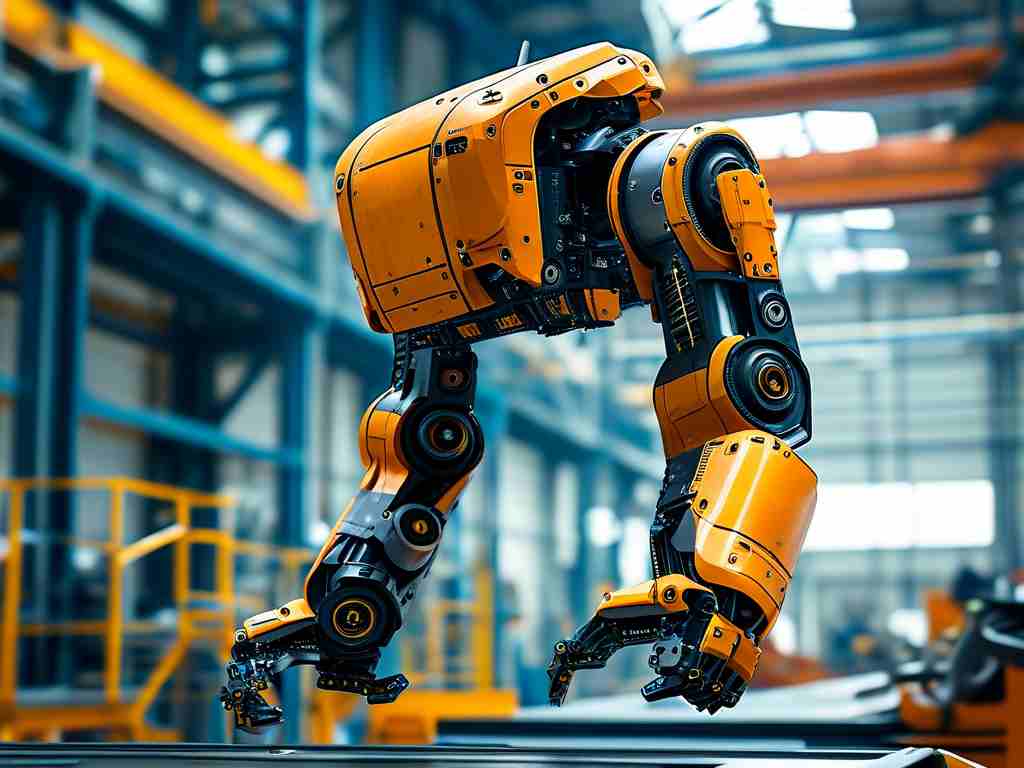
At the heart of crawling robot design lies biomimetic engineering. Researchers have drawn inspiration from arthropods, reptiles, and even microscopic organisms to create movement systems capable of navigating complex terrains. The University of Tokyo's recent prototype mimics gecko foot structures through micro-structured silicone pads, enabling vertical surface adhesion without suction mechanisms. This breakthrough demonstrates how biological principles are being translated into functional engineering solutions.
Material selection plays a pivotal role in durability and performance. Advanced composites combining carbon fiber reinforcement with flexible polymer matrices allow for optimal balance between structural integrity and articulation capability. Shape-memory alloys integrated into joint mechanisms enable adaptive stiffness adjustments, permitting rapid transitions between rigid and pliable states. These material innovations address the inherent challenge of creating machines that are both rugged enough for industrial environments and delicate enough for precision tasks.
Power systems represent another critical frontier in crawling robot development. Hybrid energy solutions combining solid-state batteries with energy-harvesting technologies are extending operational autonomy. The ETH Zurich research team recently demonstrated a solar-integrated inspection robot capable of indefinite operation under industrial lighting conditions. For subsurface applications, inductive charging stations embedded in pipeline networks are proving effective for maintenance robots in oil and gas sectors.
Control architecture has evolved significantly through machine learning implementations. Reinforcement learning algorithms enable autonomous adaptation to unfamiliar surfaces, with neural networks processing real-time data from multimodal sensor arrays. Boston Dynamics' latest crawler prototype employs predictive terrain analysis, using LiDAR and thermal imaging to preemptively adjust limb trajectories. This predictive capability reduces computational load by 40% compared to traditional reactive systems.
Manufacturing processes for these specialized robots require precision micro-assembly techniques. Laser sintering 3D printing allows for single-piece construction of complex joint mechanisms, eliminating traditional assembly constraints. Automated optical inspection systems with micron-level accuracy ensure component quality, particularly crucial for submillimeter-scale robots used in medical applications.
Industry applications continue to expand as technology matures. Nuclear facility inspectors now deploy radiation-hardened crawlers for reactor vessel examinations, reducing human exposure risks. Agricultural versions equipped with hyperspectral cameras monitor crop health at plant-level resolution. A notable case study involves Shell Corporation's pipeline inspection network, where magnetic crawlers reduced leak detection time by 78% compared to manual methods.
Ethical considerations and standardization efforts are gaining prominence as these technologies proliferate. Regulatory bodies are developing certification frameworks for autonomous crawlers operating in public spaces, addressing concerns about data security and unintended interference. The International Robotics Association recently published safety guidelines emphasizing failsafe mechanisms for critical infrastructure applications.
Looking ahead, nanotechnology integration and swarm intelligence represent the next evolutionary phase. Researchers at MIT are experimenting with modular designs where individual units self-assemble into larger configurations. Early trials show promise for disaster response scenarios, with robot collectives dynamically adapting to collapsed structure geometries.
The convergence of these technological streams positions crawling robots as essential tools for 21st-century challenges. As manufacturing techniques become more refined and AI capabilities more sophisticated, these machines will increasingly operate in environments previously considered inaccessible, fundamentally transforming industrial maintenance, exploration, and emergency response paradigms.


